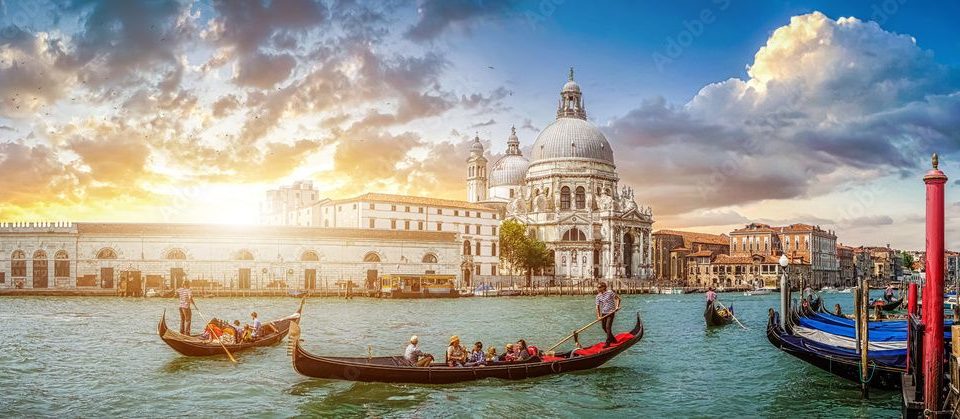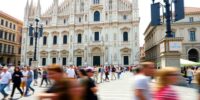Milan, a city renowned for its rich history and cultural significance, has ancient roots that trace back to its founding. The earliest mentions of the area date back to approximately 590 BC when it was settled by a Celtic tribe known as the Insubres. This settlement was originally called Medhelanon, a name derived from the Celtic words meaning “in the middle of the plain,” reflecting its geographical location in the Po Valley.
The Celtic Era
The establishment of Medhelanon marked the beginning of Milan’s historical narrative. The town’s strategic position allowed it to flourish as a center for trade and agriculture among the Celtic tribes. The fertile land surrounding the settlement contributed to its growth and prominence in the region.
Roman Conquest and Transformation
In 222 BC, Medhelanon came under Roman control and was subsequently Latinized to Mediolanum. This transformation signified Milan’s integration into the Roman Empire, which brought significant changes in governance, infrastructure, and culture. Mediolanum quickly became an important political and economic center, benefiting from its location along vital trade routes.By 286 AD, Mediolanum was designated as the capital of the Western Roman Empire, further solidifying its importance. The city’s role as a major political hub continued until 402 AD when it was besieged by the Visigoths, leading to the relocation of the imperial residence to Ravenna.
Medieval Milan
As the Roman Empire declined, Milan entered a new phase characterized by feudalism and local governance. The city became a free commune in the 12th century, asserting its independence from external powers. This period saw the construction of iconic structures such as Scaligero Castle, which still stands today as a testament to Milan’s medieval heritage.The historical significance of Milan continued to grow during this time, particularly with the emergence of powerful families like the Visconti and Sforza dynasties. They played crucial roles in shaping Milan’s political landscape and cultural identity during the Renaissance.
Cultural Flourishing
The Renaissance marked a golden age for Milan, transforming it into a center of art and culture. Notable figures such as Leonardo da Vinci left an indelible mark on the city’s cultural landscape, contributing to its reputation as a hub for innovation and creativity.
From its origins as Medhelanon to its evolution into Mediolanum and beyond, Milan’s history is rich with layers of cultural significance and transformation. The city’s ancient roots continue to influence its identity today, making it a fascinating destination for those interested in exploring Italy’s historical tapestry. Whether wandering through medieval streets or admiring Renaissance masterpieces, visitors can appreciate how Milan has evolved while retaining echoes of its storied past.





